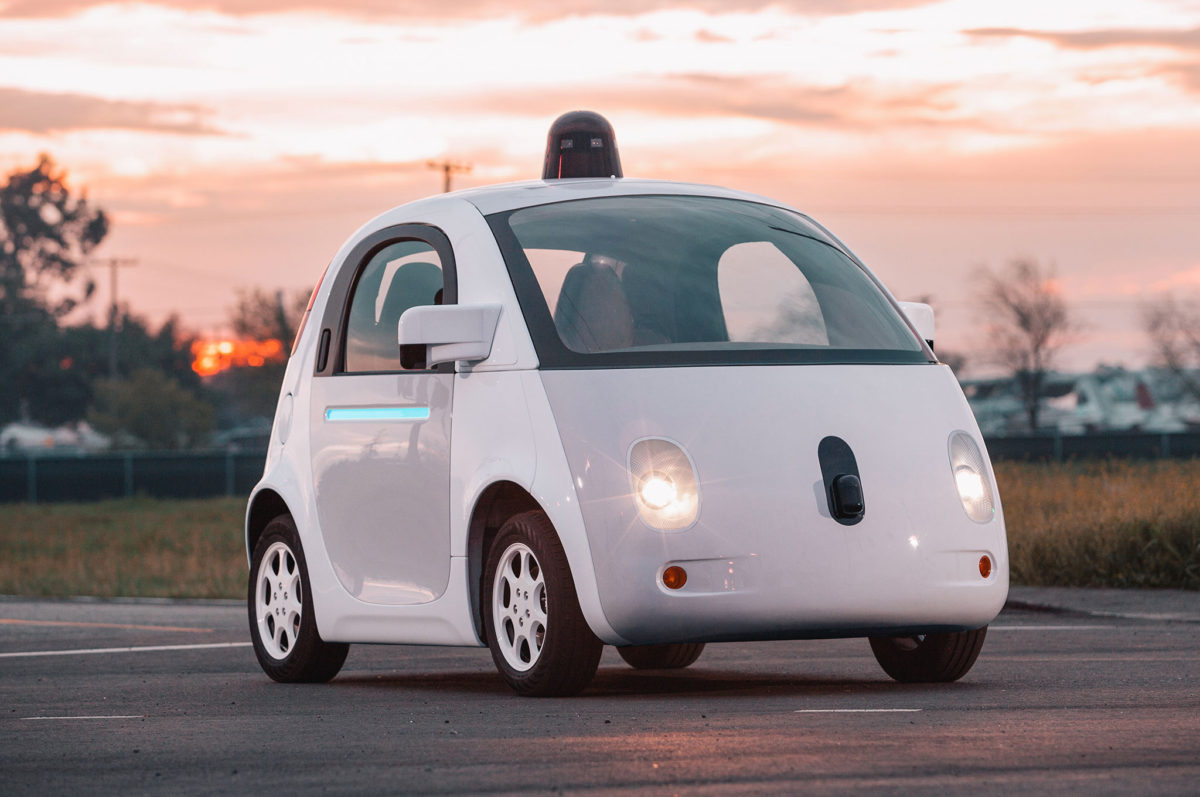BimBimBikes is an online bike rental platform. In other words, the company collaborates with local bike rental shops all over the world and serves as a platform for the bookings. It has an outreach of 178,000 bikes in 66 countries. It occupies 6 people including the CEO of the company and operates on a commission based profit accumulation scheme. The prices of the bikes are set by the local rental shops and they include the commission of BimBimBikes. The cost structure of the company is separated between marketing, platform maintenance and salaries in a descending order.
The current strategic focus of the business is concerned with four pillars according to the target client groups. These are: City trippers, people who are older than 60 years of age, passion cyclists and group outings. The company has a different marketing strategy and approach for each and every category of the above. What they all have in common though is the digital approach that is implemented in all of them based on thorough data analysis.
As the SWOT analysis has demonstrated clearly the biggest strength is the company’s outreach. The highest rated opportunity that it can exploit is the partnership that it has established with KLM about customer insight exchange. Its biggest weakness lies with the fact that a bike can only be rented 24 hours in advance and finally the most significant threat is the development of public bike sharing facilities by local governments.
All of the above persuaded us that BimBimBikes is in the best position to utilize a new and disruptive way of doing business. We are proposing the development of a mobile application that will be connected to a smart lock with GPS capabilities installed on the bike. Via this combination the users will be able to locate and unlock the closest bike to their location and instead of having to return it to a rental shop simply lock it anywhere they want. Additionally, since the application will be able to track the bike’s movements it will be able to calculate the cost and charge the client accordingly. Another core feature will be the ability to do all the financial transactions through the application. The benefits for the client will be the ease of use as well as time and cost savings. From the company’s viewpoint, this technology will increase the customer satisfaction and therefore profits in addition to the fact that it will make invaluable data available for further analysis and financial gains.
Our recommendation is that, since the project is perfectly aligned with the current business strategy and expected to be profitable as well, the company should proceed with the investment. The associated risks can be mitigated by following an iterative approach on the development phase and embodying data security measures within the code along with the constant monitoring of financial and marketing target achievements in order for further adjustments of the strategy to be allowed.
https://vimeo.com/185691775



